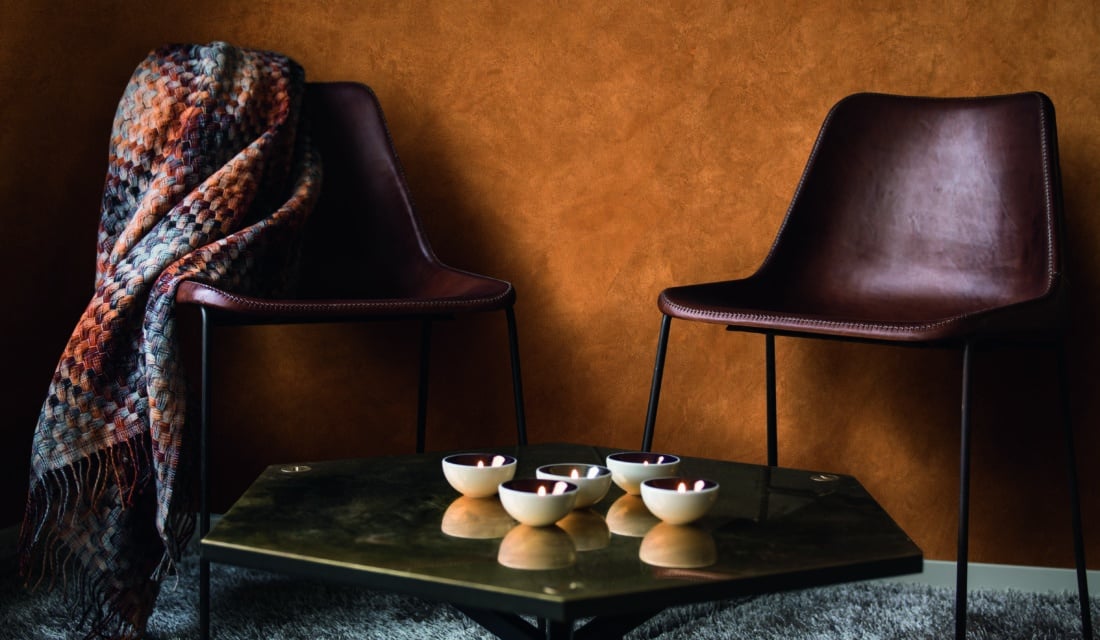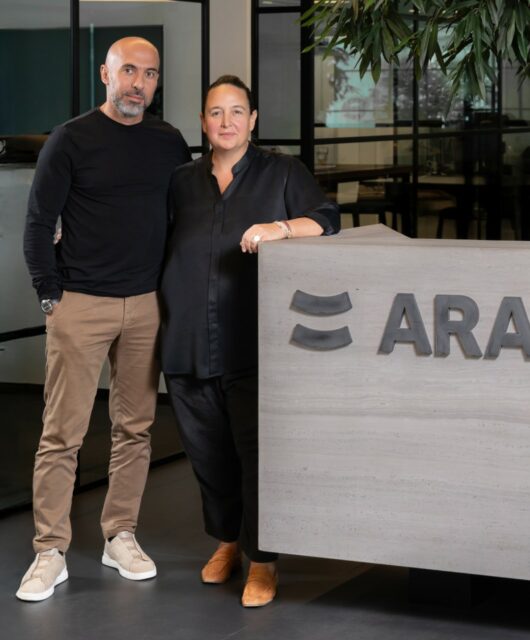Martin Rosocha, managing director at Caparol Arabia on how the paints industry is coping with the outbreak of COVID-19 in the region
COVID-19 is having a large impact on the Middle East region. Many industries are being affected and need to adjust to a new “normal”. Lockdowns and closures of businesses will drastically reduce outputs. Supply chains worldwide are already experiencing disruptions in delivery channels. Global raw material supply is becoming more and more of a challenge, so there is a push for more in-country sourcing where possible. The main effects will be seen in the second quarter of this year and the negative impact will last for quite some time, well into 2021. In this downturn COVID-19 plays a major role, but so does the drastic decrease in the oil price. This will have a long-lasting effect on a region that is still largely dependent on oil revenues.
The paint industry continues to support vital infrastructure and construction projects, assisting the government response to COVID-19 through projects in the healthcare, utilities and transport sectors. The Middle East paint industry is an important sector for regional economies employing thousands of people. To minimise the impact of disruption from the COVID-19 related measures and effects, companies are prioritising and re-adjusting raw material and supply sourcing. Production and inventories are carefully managed to ensure that customer orders can be fulfilled on time and stock levels are kept under control. Cash flow management must also be addressed to ensure business continuity and operational viability. Strict health and safety measures, including enhanced hygiene measures, have been implemented across the paints industry. Government restrictions and guidance is being followed through social distancing practices as well as frequent on-site disinfection, cleaning and hand-washing. Remote working has been implemented too, reducing on-site staffing levels to only essential workers.

There will be increased attention on indoor air quality and paint, which could support anti-viral efforts, will be put in the spotlight. Awareness about health and well-being issues will be enhanced among government agencies but also the people living in apartments and houses. This could lead to a greater demand for such products, especially when lockdowns cease, from homeowners as well as organisations such as healthcare facilities and schools. As a positive outcome of this pandemic and as an opportunity, there will be a different level of hygiene in the future and a far greater awareness of how paints can be complementary to healthier lifestyles.








